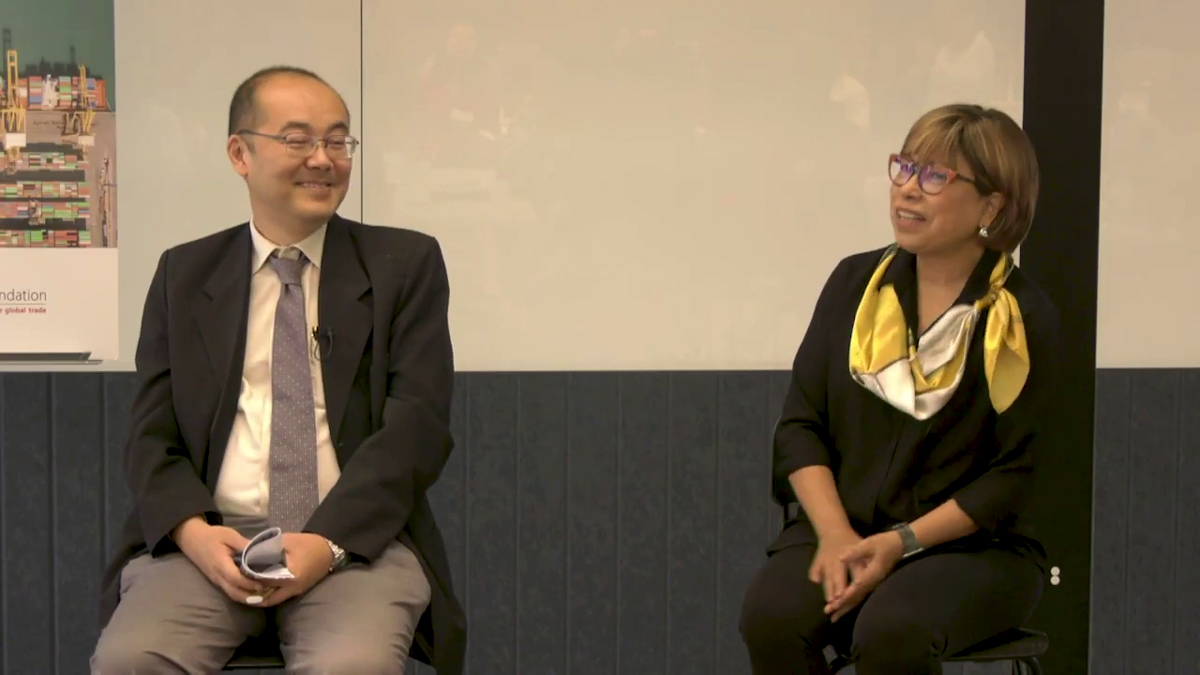APEC and trade sustainability
Published 08 August 2023
The Asia-Pacific Economic Cooperation helps ease trade across borders. But the global flow of commerce is not immune from disruption. Rebecca Sta Maria, executive director of the APEC Secretariat, and Carlos Kuriyama, director of APEC’s Policy Support Unit, discuss how APEC functions and what external factors affect its work.
Watch the webinar:
The pandemic has increased inequality which could lead to political and socioeconomic instability. It has also caused businesses to rethink their business model, switching their business model from a just-in-time model to a just-in-case model. Under the previous system, companies sourced parts and services from all over the world to produce goods as quickly as possible. Now, companies are “building redundancies,” holding precautionary stocks and sourcing parts and services from a diverse set of suppliers, Kuriyama said. Building this resilience is costly and it’s very hard to tell at this point if this is going to be sustainable. Global economic growth coupled with heavy storms like El Niño that cause fishing production to plummet and floods and other natural disasters that destroy agricultural products can all impact the ability of countries to trade sustainably in the long run. APEC members must be aware of and ready to face these challenges.
About the NPF International Trade Fellowship 2023
The National Press Foundation holds an annual International Trade Fellowship workshop for journalists sponsored by the Hinrich Foundation. This year, we welcomed 24 Asia-based journalists to the fellowship at the Hinrich Foundation offices in Singapore. The sessions, held in July, focused on US-China geopolitics, AI’s impact on trade, global shifts in supply chains, data visuals, and more.
© The Hinrich Foundation. See our website Terms and conditions for our copyright and reprint policy. All statements of fact and the views, conclusions and recommendations expressed in this publication are the sole responsibility of the author(s).


